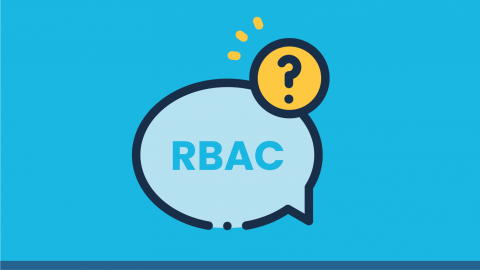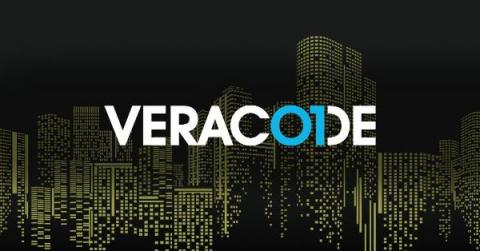Security | Threat Detection | Cyberattacks | DevSecOps | Compliance
Containers
The Difference Between Authentication and Authorization
Authentication and authorization are two complementary and critical parts of securing cloud-native applications and infrastructure. Yet, there can be some confusion between these terms. The importance of cybersecurity approaches, such as Zero Trust and the principle of least privilege, make it critical to understand and implement appropriate authorization and authentication processes across cloud-native development.
Preventing DoS attacks in Kubernetes using Falco and Calico
A Denial-of-Service (DoS) is an attack meant to shut down a machine or network, making it inaccessible to its intended users, so dos Kubernetes is a potential target. In the case of Distributed Denial-of-Service (DDoS), the attacker will look to maintain some form of anonymity so their activities cannot be traced. They can route traffic through Tor and VPN infrastructure to scan, attack, or compromise the target, while maintaining anonymous communications.
Container images simplified with Ko
In a previous article, I wrote about how — and why — you might want to use the Google Open Source group’s Jib tool to build your Java application container images. Jib builds slim, JVM-based, OCI-compliant images that follow best practice guidelines without the need for a container runtime like Docker, and it removes the need to write and manage Dockerfiles. What if you are building Go applications, though?
DirtyCred: Opening Pandora's Box to Current and Future Container Escapes
DirtyCred is a new Linux kernel exploitation technique that allows kernel Use After Free (UAF) or Double free vulnerabilities to swap a credential or file structure on the kernel heap memory to escalate privileges to root. The replaced credential or file structure provides root access on a Linux host and breaks out of the container at the same time. Ph.D.
How to detect MFA spamming with Falco
Threat actors continue to evolve methods to access valid credentials using new techniques such as multi-factor authentication or MFA spamming that we must detect. On Sept. 15, the security world was worked into a frenzy across social media as details of Uber’s “cybersecurity incident” were revealed.
Fortify & Secure Your Kubernetes Environment with Rubrik Security Cloud
Enterprises have benefited from encapsulating applications into lightweight, independent units called microservices. By adopting an architectural pattern of loosely coupled and independently deployed services, microservices can rapidly deliver complex applications at scale without the typical technical debt of legacy applications.
Extract maximum value from your Microsoft Sentinel SIEM with Sysdig Secure
Sysdig has validated its security, monitoring, and compliance capabilities with multiple Azure-related services. The latest is Microsoft Sentinel, a SIEM(Security Information and Event Management) solution on Azure that works really well with Sysdig’s cloud workload protection capabilities. Sysdig and Microsoft have a common goal of helping customers ship cloud apps faster by helping them see more, secure more, and save time in troubleshooting deployed microservices.
What Is RBAC? Examples, Benefits and Implementation
Access control is a key component of security programs, since it regulates who or what can access data and resources within an organization’s systems. Granting access only to authorized users prevents data breaches and malicious attacks and is a good way to practice the security principle of least privilege. This article focuses on RBAC, a type of access control, and its benefits and implementation.
Choosing Secure Container Images: Secure Cloud-native Development Series
When it comes to building secure cloud-native applications, the baseline is choosing a secure container image. Docker defines a container as “a standard unit of software that packages up code and all its dependencies, so the application runs quickly and reliably from one computing environment to another.” The problem is, they’re often a pain point for many developers.











